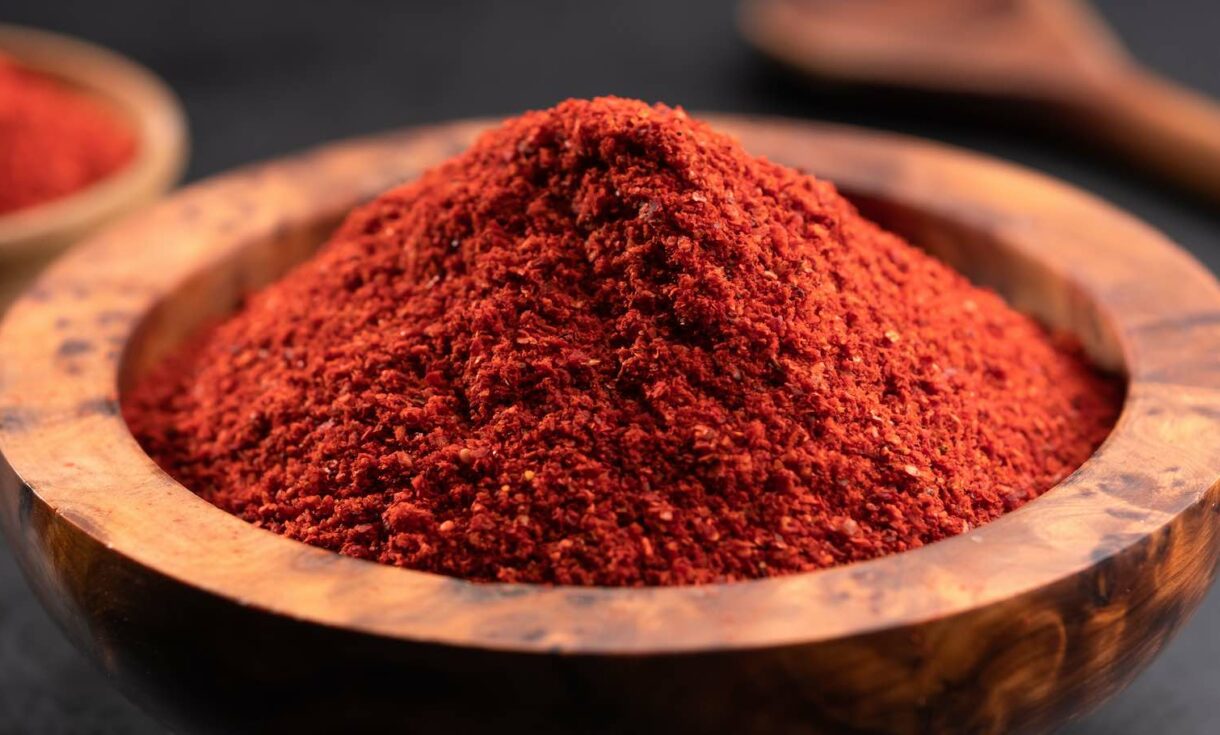- No. 268 Xianghe Street, Economic Development Zone of Xingtai city, Hebei 054001 China
- Byron@hbhongri.cn
Comparing Cayenne Pepper and Paprika in Culinary Uses and Health Benefits
The Wonders of Cayenne Pepper and Paprika A Culinary Exploration
Cayenne pepper and paprika are two spices that have made their mark in kitchens around the world, each bringing unique flavors, colors, and health benefits to various dishes. Despite their differences, these two spices share a common ancestry, originating from the Capsicum family of plants. This article delves into their distinct characteristics, culinary uses, health benefits, and how to incorporate them into your meals.
The Origins
Cayenne pepper, scientifically known as Capsicum annuum, hails from Central and South America. It is named after the city of Cayenne in French Guiana. Known for its fiery heat, cayenne pepper is often used in its dried and powdered form, derived from the long, slender red chili peppers. The heat of cayenne is measured in Scoville Heat Units (SHU), typically ranging from 30,000 to 50,000 SHU, making it one of the hotter spices available.
In contrast, paprika, which is made from ground bell peppers or sweet peppers, has its roots in Central America but truly flourished in Hungary and Spain, where it is now an essential part of the culinary landscape. Unlike cayenne, paprika is not typically known for its heat; rather, it is celebrated for its vibrant red color and sweet, smoky, or mild flavors, which can vary depending on the variety used. The SHU of paprika generally ranges from 0 to 1,500, making it a more versatile seasoning for those who prefer to avoid excessive spice.
Culinary Uses
Cayenne pepper and paprika can be found in a myriad of dishes across different cuisines. Cayenne is often a key ingredient in spicy sauces, soups, and marinades. Its sharp heat can elevate everything from chili con carne to spicy Asian stir-fries. It is also used in herbal medicine and as a natural preservative due to its antibacterial properties.
Paprika, on the other hand, is famed for its versatility in both savory and sweet dishes. Spanish paprika, known as pimentón, adds a smoky flavor to dishes like paella and chorizo, while Hungarian paprika is often used in goulash and various soups. It can also be sprinkled over deviled eggs or used to season roasted vegetables, providing not only flavor but a striking visual appeal.
Both spices can be combined creatively in the kitchen. For example, a sprinkle of paprika can temper the heat of cayenne in dishes, allowing for a balanced flavor profile. When used together, they can create a depth of flavor that excites the palate.
cayenne pepper and paprika

Health Benefits
Beyond their culinary applications, both cayenne pepper and paprika boast impressive health benefits. Cayenne pepper is rich in capsaicin, the active compound responsible for its heat. Capsaicin has been studied for its potential to boost metabolism, reduce pain, and improve digestive health. It also has antioxidant properties and may aid in cardiovascular health by improving circulation.
Paprika, especially when it originates from sweet varieties, is an excellent source of vitamins A, E, and several B vitamins. The antioxidant properties in paprika can help protect the body against oxidative stress, potentially reducing the risk of chronic diseases. Additionally, its anti-inflammatory effects can be beneficial for overall health.
Incorporating into Your Diet
To incorporate cayenne pepper and paprika into your daily diet, consider adding them to a variety of dishes. For a spicy kick, try adding cayenne pepper to your morning omelet or mixing it into a homemade taco seasoning. A little goes a long way, so start with a small amount and adjust according to your heat preference.
Paprika can be sprinkled on popcorn for a savory snack, mixed into creamy dressings for salads, or used to season meats before grilling or baking. Its rich color also adds an appealing touch to dishes like hummus or potato salad.
Conclusion
Cayenne pepper and paprika are not just spices; they are gateways to exploring flavor, health, and culture. Their unique characteristics enrich culinary experiences and contribute to healthier eating habits. By understanding their origins, uses, and benefits, you can elevate your cooking while improving your well-being. So, whether you prefer the heat of cayenne or the sweetness of paprika, embrace these spices and let them enhance your meals in delightful ways.
-
The Versatile Uses and Benefits of Capsicum Frutescens Oleoresin and ExtractsNewsJun.03,2025
-
Paprika&Chili Products Enhancing Flavor and Wellness in Every BiteNewsJun.03,2025
-
Paprika Extract and Capsicum Applications in Food and IndustryNewsJun.03,2025
-
Exploring the Benefits and Uses of Turmeric Powder and Curcumin ExtractNewsJun.03,2025
-
Discover the Bold Flavor of Premium Chilli Powder from ChinaNewsJun.03,2025
-
Capsicum Oleoresin Extract: A Potent Natural Ingredient in Modern ApplicationsNewsJun.03,2025







